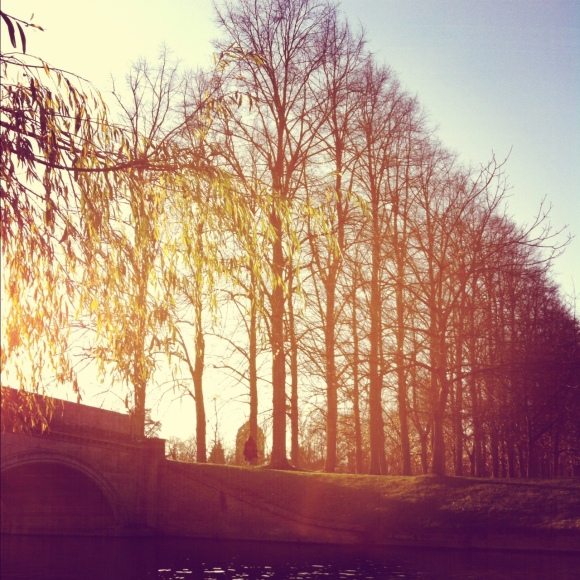Text: Bill Psarras © 2015
Reflections on Genius Loci (Sense of Place)
There are many times that we feel or perceive a place and its atmospheric qualities as distinctive – something that has referred as the genius loci of each place. Genius loci forms a term from Latin genius (guarding spirit) and loci (of place, of location) – meaning the guardian spirit of place. Spirit of place can be described as a time-based phenomenon, an almost geological stratification, the patina and the imprint of time – an assemblage of the environment (urban, physical or both) through time that reveals its distinctive atmospheres and qualities. But indeed, it is a cloud of specific perceptions that becomes activated through our embodied experience of it (i.e. walking through, observing, sensing). Therefore, while talking about the spirit of place (the sense of place), the notion of its character becomes clearer – a result of the interweaving qualities that have been created by human and non-human parameters always activated via our sensations. It is not coincidence that the synonym of genius loci is the sense of place – in other words that which is perceived through our senses and reveals a strange beauty; a feeling; an ambiance. What I described earlier for the genius loci as a stratificated time-based patina of atmospheres and qualities has been also suggested by others. Walter (1988) argues that the sense of place – the genius loci – can be described ‘holistically through senses, memory, intellect and imagination‘ (in Jiven & Larkham, 2003: 69), something that also draws connections to Yi-Fu Tuan’s perspective of place as an embodied result of feelings, imagination and experiences of those who live within it (also Tuan, 1977). In the same vein, the phenomenologist architect Norberg-Schulz (1980), who had widely been linked with the concept of genius loci, described it as the interweaved result of physical and symbolic aspects of place: the merging of earth’s topology, cosmological conditions (light, sky) and the existential threads of cultural landscape.
Flaneur: Oscillating between the priest and the genius loci
Considering the poetic description of genius loci as the guardian spirit of a particular place, we may think of flaneur as a potential spirit in the formation of urban places. It is tempting to be reminded of what Walter Benjamin suggested for the ‘flaneur as the priest of genius loci’ (Benjamin, 1929 [1999: 264]). Reflecting on this, flaneur can be seen not only as the priest of the atmosphere of place but a significant aspect of this atmosphere itself. While flaneur walks both physically and intellectually, the place – the streets – become embodied sensory avenues orchestrated with memory and imagination by him. Flaneur seems to be the genius loci himself as he celebrates place and its details to such an extend that he is the place – he becomes the street and the asphalt – he contains the very core of moment in the midst of the urban winds. He is the ambulant guardian spirit of place through a constant dialogue between senses, memory and intellectualism. He is an oscillating passer-by figure that weaves spaces, feelings, memories and imaginations together across cities and different eras – oscillating between a guarding of the authentic with modern enthusiasm and an acknowledging of the placeless with post-modern irony. The challenge for flaneur seems to be the seek of a genius loci within the post-capitalism branding of senses, memories and feelings. The intellectual liturgy takes place with the act of walking – that is the action of celebration – the action that seeks to ‘place senses and sense places‘ (Feld, 1996, in Edensor, 2000).
Intellectual electricities: Lighting up the genius loci
The absolution, the heaven, is just up the road and the constellations awaiting for electrification. They wait for the flaneur – this intellectual electricity that runs within us – the cities – for two centuries now.

Genius Loci (Cambridge, 2011) – Bill Psarras ©
Bibliography
- Benjamin, W. (1929) [1999]. The Return of the Flaneur. In Walter Benjamin: Selected Writings 1927-1930. Harvard University Press, pp. 262-268.
- Norberg-Schulz, C. (1980). Genius Loci: Towards a Phenomenology of Architecture. New York: Rizzoli.
- Edensor, T. (2000). Moving through the city. In Bell, D. and Haddour, A. (eds.) City Visions, Harlow: Pearsons Education Limited, pp. 121-140.
- Tuan, Y.F. (1977). Space and Place. London: Edward Arnold.
- Jiven, G. & Larkham, P. (2003). ‘Sense of Place, Authenticity and Character: A Commentary’ Journal of Urban Design 8(1) pp. 67-81.
